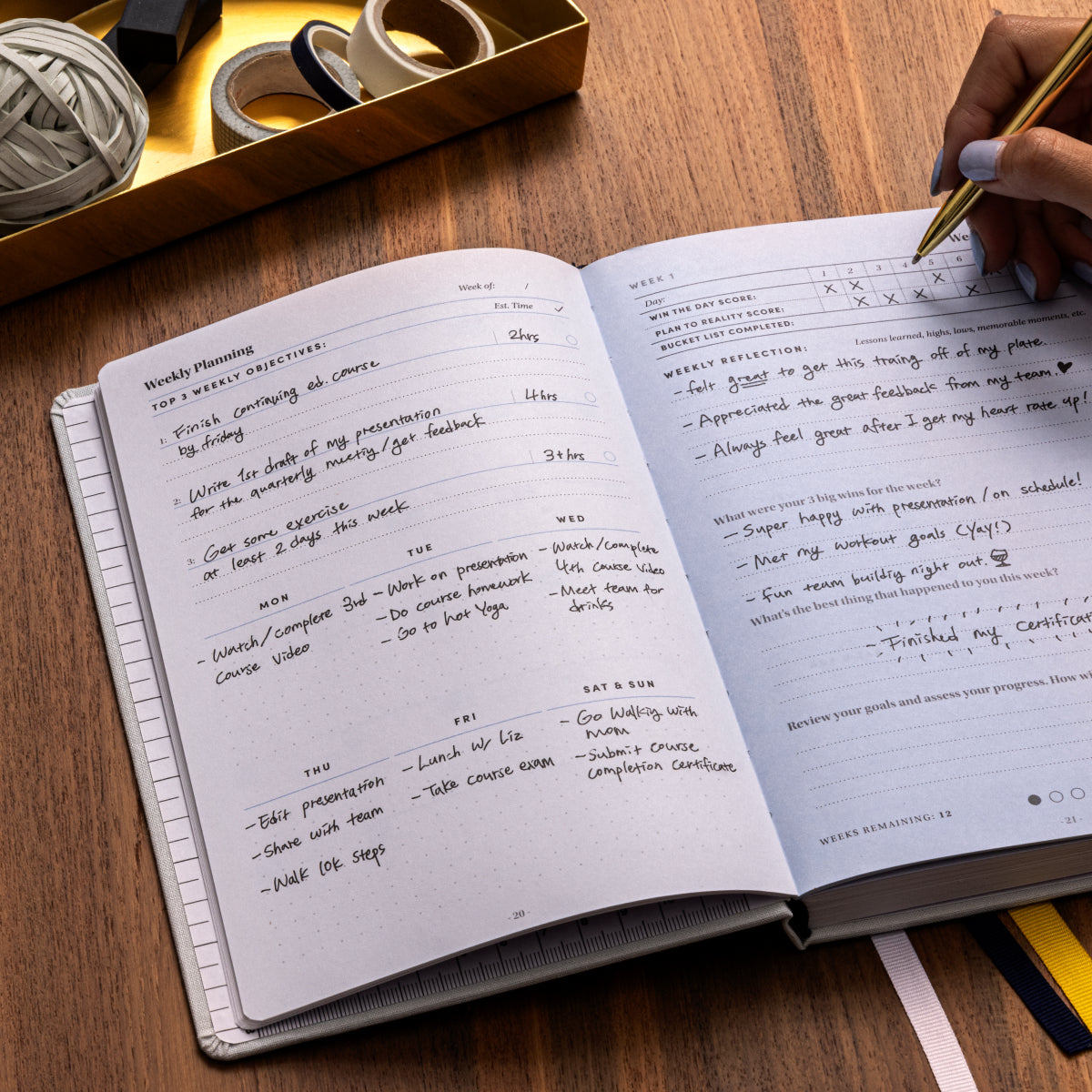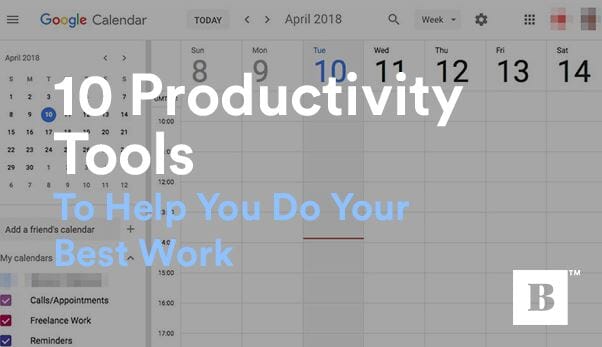With more options comes more stress, but you can cut down on distractions with time blocking.
We rarely interact with single-functionality technology anymore. Every piece of technology has a number of uses. When we open our laptops to write a report, it’s not like using a typewriter. We’re not limited by our laptops to just write. Instead, we can also check our email, pull together that presentation and make plans for dinner — all while “writing that report.” Learning the practice of time blocking will ensure that your to-do list doesn't get lost in an endless stream of distractions.
“The more options there are, the easier it is to regret anything at all that is disappointing.” – Barry Schwartz
With so many options, we often turn to multi-tasking. And it’s not limited to what we can do on a single device. Instead, we’re working on our laptops while checking our phones and getting notifications from our smartwatch. It’s no wonder we’re trying to cram all our tasks in at once. But is that really an ideal way to go about completing work?
And, the better question, is there a better alternative?
Get More Done Without Multi-Tasking
Could it be true? Despite the millions of people who seem to thrive on the hamster wheel of multi-tasking, can you really accomplish more goals without doing so? The thing is, people aren’t getting work done because of multi-tasking. They’re getting work done despite it.
Multi-tasking is, by definition, doing multiple tasks simultaneously. Your brain can’t be in two different places at once, so you switch between multiple activities quickly. Neuroscientists call this activity switching, which means quickly moving between several tasks.
By doing this, you’re unknowingly jeopardizing the quality of your work. Switching can lower productivity by a whopping 40 percent.
So, What Can You Do Instead?
Multi-tasking may be tempting, but it’s important to remove all distractions before working. Distractions aren’t always video games or social media, or even your phone. It’s anything that isn’t directly essential to the work you’re doing. So if your goal is to finish writing a report, you don’t need to have your spreadsheets open. They might be work-related, but they’re a distraction if they’re not related to the work you’re doing right now.
Work in Time Blocks
Once you’ve removed your distractions, it’s time to schedule work. Create a to-do list and block time for a certain task or project. At BestSelf Co., we call this time blocking.
Time blocks are productive and ensure you knock out your daily goals because they keep you focused when you need it most. To begin time blocking, you’ll first need to write down your high-priority tasks for the day. Then think about the length of the time block you can commit to realistically. Some choose to have multiple hours of deep work dedicated to long tasks, whereas others prefer 30-minute blocks. There isn’t a right or wrong answer, it’s completely dependent on your own work habits.
During your allotted time, make sure you’re in a distraction-free zone where you can completely focus on your work. Once you sit down to work on your project, that’s the only thing you can work on. You can’t switch tasks, no matter how urgent they may seem. No checking your phone and definitely no opening Facebook.
You must focus on finishing as much of your task as you can. But once your time is up, take a break and enjoy your free time. Put that task or project out of your mind because you’ve put in the hours for the day.
Time blocking doesn’t only work well for big tasks or projects either. We use it for every single moment in our work day by completing small tasks during a specific time period. When we get down to work, we know the one task we’re supposed to be focused on at that moment and that’s the only thing we work on. It does wonders for our productivity.
Benefits of Time Blocking
Blocking time off in your calendar works because it prevents you from multi-tasking by giving you a single task to focus on. Time blocking makes sure you spend time on your most important work each day. It also provides a clear record of what you have spent time on in the past so you know how you might need to reallocate your time.
Aside from being aware of the areas to focus on, time blocking also frees up more mental space. You won’t be worried that you didn’t finish your most important task of the day because you were scrolling through Facebook. When you time block, you know that you’ll get everything done by the end of the day as long as you stick to your schedule. You don’t need to think about any of your other projects. You won’t end the day wondering where all your time went. You’ll know each day that you’ve spent your time well.
Sitting down and making a list of priority projects and making a time block for each one can significantly reduce your stress. You’ll be able to get more done with less worry. While putting together your time blocks, it’s important to keep in mind the length of the task. Some tasks may take twenty minutes while others need multiple time blocks over several weeks to complete.
If you’re looking to get things done efficiently and create a bullet-proof time management strategy, try time blocking and experience the massive benefits for yourself.








Leave a comment
This site is protected by reCAPTCHA and the Google Privacy Policy and Terms of Service apply.